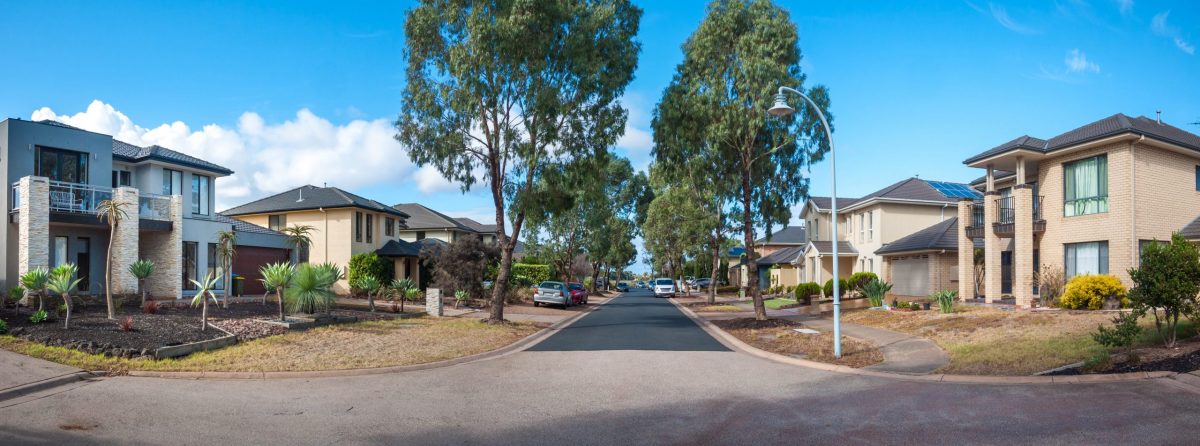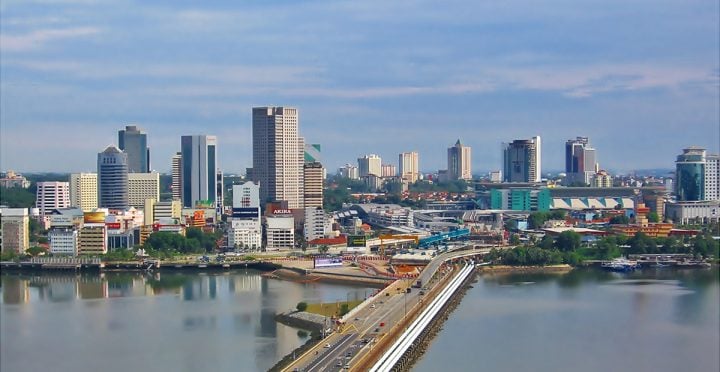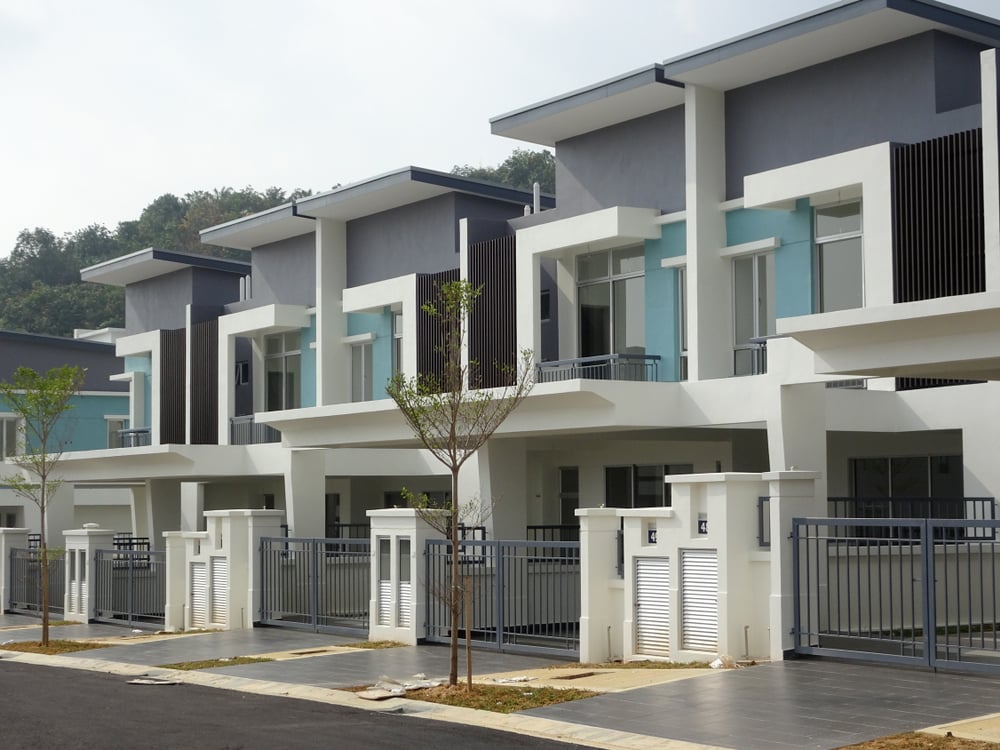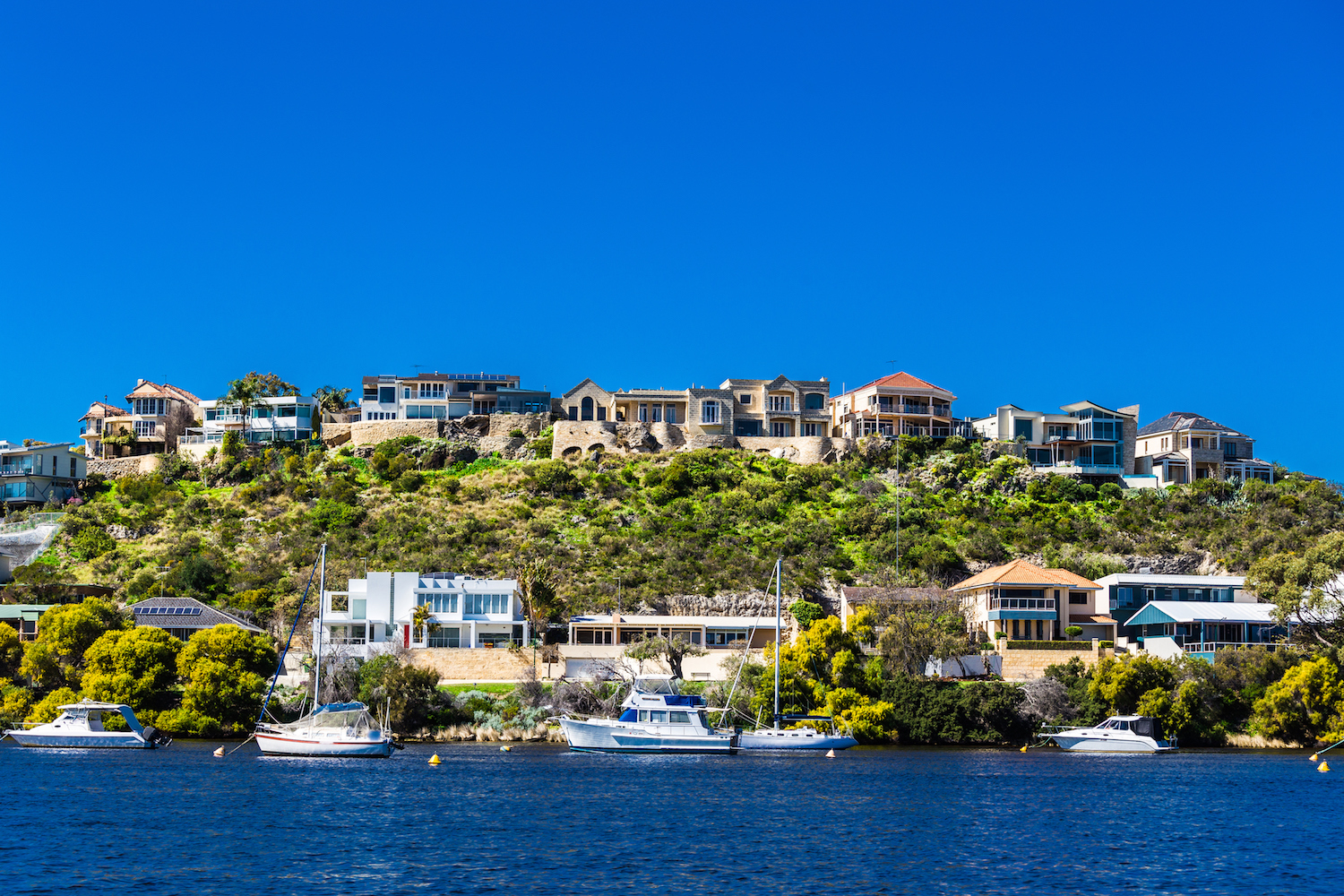Hot on the heels of every cooling measure announcement in Singapore, the recent one being 16 December 2021, some of you may see e-mailers promoting overseas property projects trying to get your attention.
Ever since December 2011, when the first ABSD was introduced (3% for PRs and 10% for foreigners buying their 2nd properties), and now, a decade later (25% for PRs and 30% for foreigners), there’s probably a subset of potential buyers who initially wanted to invest in their 2nd apartment in Singapore but decided to look elsewhere once ABSD rules kicked in.
For some buyers, the following may sound appealing – they are not subjected to ABSD if they’re buying overseas and they can borrow from some local banks if they meet certain conditions, including the new maximum 55% threshold for total debt servicing ratio (TDSR). This threshold applies to local bank loans whether they’re buying property locally or overseas.

However, to buy overseas, they have to be cash-rich, like really cash-rich. This is because they cannot use their CPF for their downpayment and loan repayments.
Furthermore, if the buyer decides and successfully takes an overseas bank loan instead, they’ll be subjecting themselves to exchange rate and interest rate risks, and margin calls. In other words, if the overseas bank realises that the property value’s dropped substantially compared to what they owe the bank, it may ask them to cough up the difference. So, to reiterate … cash-rich.
Note also that if you’ve recently bought an HDB flat (BTO or resale), you can buy a private residential overseas property only after you’ve completed your 5-year MOP.
So, many conditions, pros and cons for sure, and we’ve mentioned some aspects over the years here, here and here. Here’re some additional details that may interest you.
Australia

Over the past decade, Singaporeans’ appetite for Australian property was in the tune of AUD37 billion (S$35b) – it was AUD47b between 2009 and 2018 (source: Juwai IQI). While most buy for investment purposes, there are some who do so with intentions to migrate or retire.
Foreigners buying Australian properties, particularly apartments in cities like Perth, Melbourne, Brisbane and Sydney, where rental yields per annum can range between 2.4% (Sydney) to 6.1% (Darwin), are allowed to only buy newly built properties (off-plan). They must also seek approval from the Foreign Investment Review Board (FIRB).
While the lower-range price of a 50 square-metre (538 sqft) city apartment starts from say, AUD$328k (S$313k), don’t let this comparatively lower price (vs Singapore apartments) hook you just yet.
That’s because there’s a caveat – as these are off-plan homes, they’re usually only sold to foreigners, hence they’re actually more expensive than what the locals are used to on a per square foot basis.
Not only that, besides agent and legal fees, there are duties to be paid (stamp + foreign buyers duties), which can come up to about 4-12% (varies based on state) of the property value.
Furthermore, most Australian families prefer living in the suburbs (ie. not within the cities), so they’re looking for landed single to two-storey houses with open spaces – which are around 186 square metres (2002 sqft) and above.
Some of them prefer to build their own, especially if they own the land. According to the Australian Bureau of Statistics, the average cost to build a house in 2017-2018 was AUD314k, that’s cheaper than an off-plan city apartment.

Another challenging aspect comes when you want to sell the property – the law requires that you can only sell it to locals or permanent residents. In other words, if you’ve bought a city apartment and you need to find a local buyer with an ‘investor mindset’ without making a significant loss on your initial investment, it can be tough.
It’s definitely a different story if the property is a suburban landed home in a beautiful and quiet neighbourhood. For suburbs, rental yields as of October 2021 range between 7.7% (Queensland) and 14.6% (Western Australia).
Anyway, most investors would work with a local property manager and rent out the unit to foreign students or visa workers (if it’s a city apartment) or families (suburban homes). They may see some exchange rate gains after paying off monthly loans, utilities, maintenance, checks and repairs with the rent. There are also tax returns, where owners must submit bank, rental and expense statements on an annual basis, and capital gains tax, if the property sold was profitable.
The one thing to note though is that these properties are usually freehold, so if selling is not on the cards, it could serve as a potential holiday home or an inheritance for future generations.
Malaysia

Since 2014, foreigners can only buy Malaysian properties worth at least RM1 million and above (varies among different states).
The one significance is that Malaysia is probably the only country in Southeast Asia where anyone could own freehold land, including foreigners. They cannot however own land designated for bumiputras, or the ethnic Muslim Malays, agricultural land or properties demarcated for low- to medium-cost housing.
Since 2002, Malaysia has a programme called Malaysia My Second Home (MM2H), where foreigners are granted a renewable 10-year multiple-entry visa if they meet certain conditions. Depending on age, these conditions include proof of off-shore income (RM10,000), liquid assets (RM350-500k) and upon approval, a maintained fixed deposit of at least RM100k-150k in a Malaysian bank.
Note that MM2H isn’t conditional to own Malaysian property, but it can make the transition and barriers easier to pass.
In general, a foreigner can buy any Malaysian property in any state as long as he/she meets the conditions above. However, most would consider cities like Kuala Lumpur, George Town, Johor Bahru, Penang and Ipoh as viable choices due to accessibility and demand.
For example, an RM1-million (S$320k) high-rise city apartment in Kuala Lumpur would cost roughly RM900 (S$289) psf with a floor area of 1122 sq ft. For a landed home in Johor, it’s RM282 (S$90) psf for a similarly-priced 3640-sqft semi-detached two-storey house, complete with 4 bedrooms and 5 bathrooms, garden and a gated guardhouse community.
In terms of stamp duties, it’s 1% for the first RM100k, followed by 2% for the subsequent RM400k, and 3% for the next RM500k. Besides legal fees, there’s the annual quit rent (for landowners), which is around RM50-100. If you’ve successfully sold the property, there’s also the capital gains tax called Real Property Gains Tax (RPGT), which can range between 10-30% depending on how long you’ve held on to the property.
The real challenge with owning Malaysian property is if you’re buying more for investment rather than staying.
Rental yields per annum in Malaysia averages around 4-5.5% for condos and 2-4% for landed homes. If you’re using rent to service your local bank loans, note that interest rate charges usually range between 3-3.5%, which after deducting maintenance, leaves you with very little in terms of monthly gains (or worse, monthly losses as you’d need to top up).

It gets worse when there’s wear and tear – especially for landed properties. If the workmanship isn’t up to par or heavy rain causes rooftop seepage, then, as the owner, it is your responsibility. You need to ensure you have access (and clear communication) to different repairmen who can assist you 24/7, even while you’re living in a different country.
For condominiums, it should be easier, as you can call the MCST, but for landed housing within a gated estate, it is advisable to establish contact with the community administrator (usually a local homeowner there) who can help you make these arrangements.
Most of these Malaysian housing projects do have WhatsApp and Telegram groups for the homeowners, who can then pool their resources to help and update one another on what’s happening on the ground.
Cautionary Tales
Beyond Australia and Malaysia, there have been interests in other countries, such as the UK, USA and New Zealand, but the philosophy is similar – just as we’ve seen with the two countries, each has different rules when it comes to foreign home ownership, bank loan approvals, maintenance challenges, rental yield opportunities and tenancy agreements.
Beyond the approvals, finances and maintenance, one of the biggest challenges for foreign homeownership is really the fact that you’re not present in the city or country itself. This leaves out any chances of you being able to stay and enjoy the home you’ve invested your hard-earned money into.
Even if you plan on retiring there eventually, that home would have worn itself out and cycled through so many tenants that it wouldn’t really be a ready-to-move-in ‘forever home’. You’ll probably end up coughing up some extra dough to renovate it once more.

It gets worrisome when you also have to manage tenants remotely, especially if they destroy furniture and fixtures, there’s a fire or robbery, or delay rental payments – there’s just no way for you to hop on down to settle things.
When calamities or a pandemic like COVID-19 strikes, it gets even more difficult to visit these properties, even if you’re able to spend time and money for an air ticket or bus ride across the border.
Then there are the bigger problems around developer transparency, especially if you don’t do your own due diligence.
Between 2015 and 2018, 316 Australian properties, some of which were owned by Singaporeans, were forced sold by the Australian Taxation Office (ATO) because they’ve been bought illegally by breaching foreign investment rules.
Even as far back as 2015, there have been cases where Singaporean investors shelled out nearly S$50k per unit to fund a non-legitimate social housing programme in Brazil. There was also the case of 200 Singaporeans who faced the prospect of losing about S$20m worth in botched hotel and student hostel projects in Britain because the developer, Key Homes, went insolvent.
Then, of course, the more recent case with Indah Puri Golf Resort in Batam, where a property dispute on a lease extension with the developer resulted in forced evictions and demolitions.
So if you’re truly considering foreign homeownership as an alternative 2nd or 3rd home because of the recent cooling measures, you should study these different markets closely first and speak to friends and relatives who have invested overseas before. You may be surprised by the costs they’re paying to sustain these houses, beyond the yields and prestige of owning one.
–
Do you own or intend to own overseas property? Let us know in the comments section below or on our Facebook post.
If you found this article helpful, check out Why I Regret Buying Property in Iskandar Malaysia and The Forest City debacle: 4 lessons to learn buying overseas property.
Looking for a property? Find the home of your dreams today on Singapore’s fastest-growing property portal 99.co! If you would like to estimate the potential value of your property, check out 99.co’s Property Value Tool for free. Also, don’t forget to join our Facebook community page! Meanwhile, if you have an interesting property-related story to share with us, drop us a message here — and we’ll review it and get back to you.
The post With cooling measure restrictions, would buying overseas properties be viable? appeared first on 99.co.

